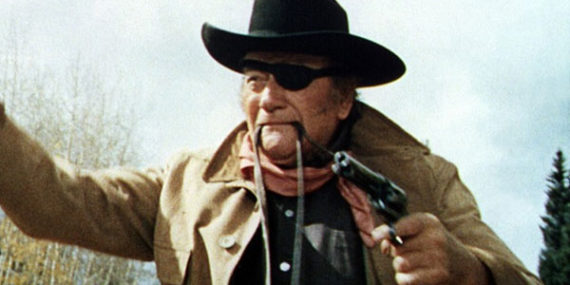
Although labeled a Western, True Grit is also a novel about Reconstruction in Arkansas and the Indian Territory that would become eastern Oklahoma. The Reconstruction aspects are more evident in the novel, which turns fifty years old this year, than in the movies.
The story is about fourteen year old Mattie Ross who leaves her mother, sister and little brother at home on a farm of ” 480 acres of good bottomland . . . not far from Dardenelle in Yell County” to “avenge her father’s blood.” He had been murdered by a hired hand named Tom Chaney while on a shopping trip to Fort Smith, which was a frontier town on the edge of the Indian Territory.
Subtleties about Reconstruction that slip into the novel but not the movies include the following:
1.When Mattie says that “Tom Chaney was a tenant but working for hire and not for shares,” she is disclosing that whites were often sharecroppers. Although commonly associated with blacks, most sharecropping was done by whites as late as 1940. Moreover, their impoverished living standards were identical to those of black sharecroppers. Segregation only gave the poor whites a higher social status.
2.“Papa used to say that the only friends we had down here right after the [Civil War] were the Irish Democrats in New York. Thad Stevens and the Republican gang would have starved us all out if they could.” Pennsylvania Congressman Thaddeus Stevens was the chief architect of Radical Republican Reconstruction. Although often hailed as a champion for blacks he tried to impose a federal tax on exported cotton. Since most cotton was then sold on the London market there would have been no way for cotton growers to pass the tax on to buyers because other countries could sell their cotton in London without having to pay an American tax. Thus, Stevens’s tax would have hurt the black cotton farmer as much as the white.
3.Since Mattie’s story is a reminiscence by an old lady during the 1920s it is significant that she remarks, “I am not afraid of Al Smith for a minute. He is a good Democrat and when he is elected I believe he will do the right thing . . . ” She is referring to New York Governor Al Smith who was an Irish-American Catholic that ran for President in 1928. Mattie is saying that she did not hold his religion against him. While historians often castigate 1920s era Southerners for racial prejudice, they seldom note that six of the eight states that voted for the first Roman Catholic presidential candidate were Southern, including Arkansas.





